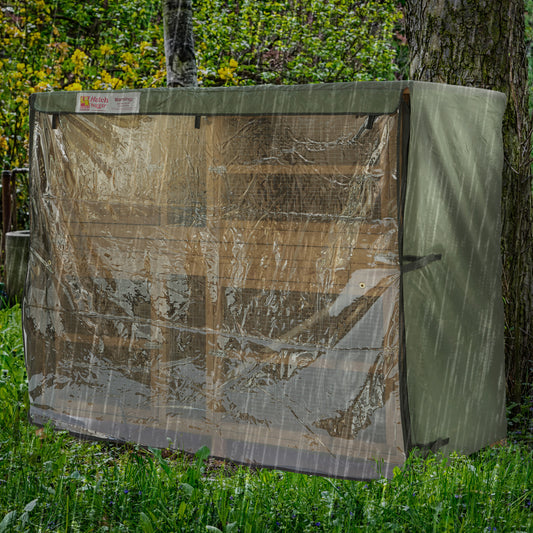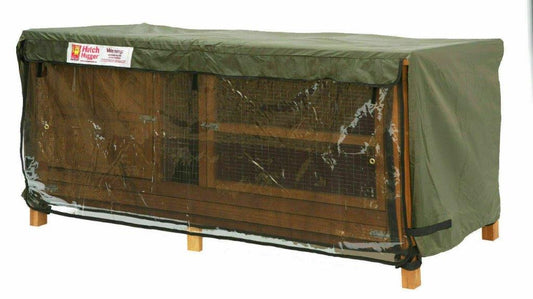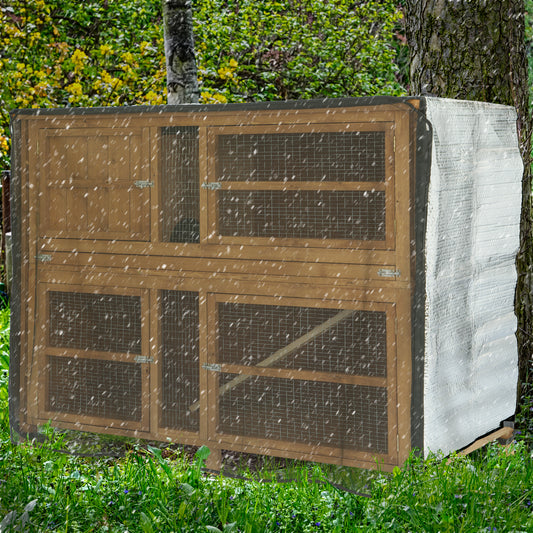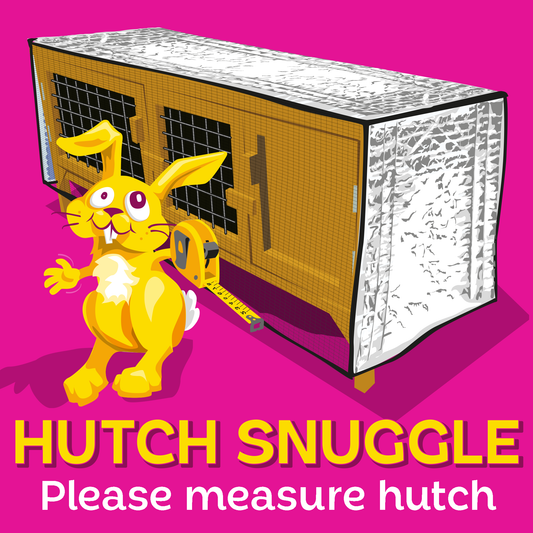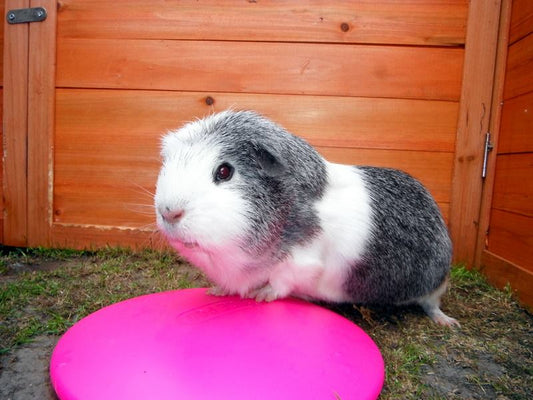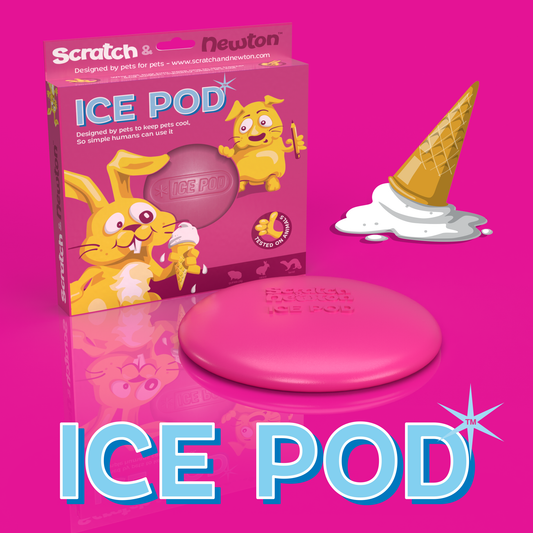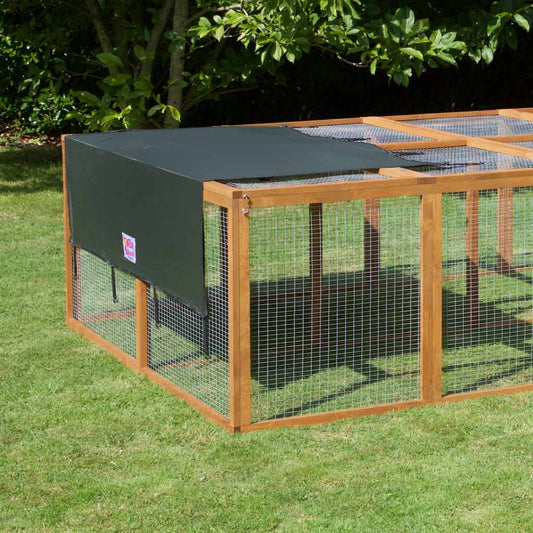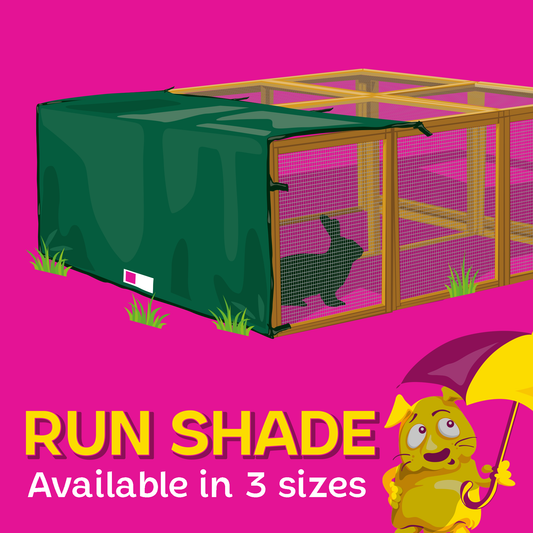At Scratch & Newton, we understand that every pet has unique needs, which is why we have tailored our advice to suit a variety of animals. From spacious enclosures to cosy hideouts, we will explore different housing options to ensure your pets feel safe and secure. Not only will these homes provide a place for your pets to relax, but they will also satisfy their instinctual behaviours and promote their overall well-being.
Importance of Providing the Best Living Environment for Rabbits, Guinea Pigs, and Small Pets
When it comes to our pets, providing them with the best living environment is crucial for their happiness and well-being. Just like humans, animals thrive in spaces that cater to their specific needs. This is particularly true for rabbits, guinea pigs, and other small pets, as they rely on their environment for comfort, safety, and mental stimulation.
A well-designed house not only provides a sense of security but also encourages natural behaviours and physical activity. It allows them to express their natural instincts, such as burrowing, climbing, and exploring. By creating a suitable living space, you can ensure that your pets are not only physically healthy but also mentally stimulated and emotionally content.
Factors to Consider When Creating a Housing Setup for Small Pets
Before diving into the specifics of housing options, it's important to consider a few key factors that will help you create an optimal living setup for your small pets. These factors include the size and number of pets, their specific needs, and the available space in your home.
Firstly, you need to assess the number of pets you have or plan to have. Different animals have varying social needs, and some may require companionship to thrive. It's important to research the social dynamics of the species you intend to keep and plan accordingly.
Secondly, understanding the specific needs of your pets is crucial. Rabbits, for example, need ample space to hop, play, and exercise, while guinea pigs require hiding spots and areas to graze. By understanding the natural behaviour and habitat preferences of your pets, you can create a living environment that caters to their unique needs.
Types of Housing Options for Rabbits, Guinea Pigs, and Small Pets
Now that you've considered the key factors, let's explore the different housing options available for rabbits, guinea pigs, and small pets. These options range from traditional hutches to more spacious enclosures that mimic their natural habitats.
- Hutches and Runs: Hutches and runs are ideal for rabbits and guinea pigs who require more space to roam and exercise. A hutch is a wooden shelter with an enclosed area for sleeping and resting, while a run is an attached open space where your pets can hop and play. Hutches and runs should be weatherproof and predator-proof to ensure the safety of your pets.
- Indoor Enclosures: If you prefer to keep your pets indoors, indoor enclosures are a great option. These can be custom-built or purchased as modular systems. Indoor enclosures provide a safe and comfortable space for your pets while allowing them to be part of your daily activities. They can be designed with multiple levels, ramps, and hiding spots to keep your pets engaged and entertained.
- Outdoor Runs: Outdoor Runs are an excellent choice for small pets who enjoy spending time outdoors. These portable enclosures provide a controlled environment where your pets can explore and graze while still being protected from predators. Outdoor Runs should be spacious and secure, with a sturdy base to prevent escape and a cover to provide shade and protection from the elements.
Choosing the Right Size and Layout for the Housing Setup
When it comes to housing setups for small pets, size matters. Providing enough space is essential for your pets' physical and mental well-being. A cramped living space can lead to stress, behavioural issues, and health problems. Here are some guidelines to help you determine the right size and layout for your pet's housing setup.
- Minimum Space Requirements: Different species have different space requirements. For example, It's important to research the specific space requirements of your pets and ensure that their housing setup meets or exceeds these recommendations.
- Multi-Level Setups: Adding multiple levels to your pet's housing setup not only maximises the use of vertical space but also provides opportunities for exercise and exploration. Platforms, ramps, and tunnels can be incorporated to create a stimulating environment that encourages natural behaviours.
- Accessible Hideouts and Resting Areas: Small pets need hiding spots and dedicated resting areas where they can retreat and feel safe. Incorporating cosy hideouts, tunnels, and elevated platforms will give your pets a sense of security and privacy.
- Separate Areas for Eating, Sleeping, etc: Creating distinct areas for eating and sleeping, helps maintain cleanliness and hygiene in your pet's housing setup. This can be achieved through the use of separate compartments or by strategically placing food bowls, litter boxes, and bedding materials.
Essential Features and Accessories for a Comfortable and Stimulating Living Space
To create a comfortable and stimulating living space for your small pets, it's important to provide them with essential features and accessories that cater to their specific needs. These features and accessories not only enhance their living environment but also promote their physical and mental well-being.
- Bedding and Substrate: Choosing the right bedding is crucial for your pets' comfort and hygiene. Opt for bedding materials that are safe, absorbent, and dust-free. For example, rabbits prefer soft hay, while guinea pigs enjoy soft bedding materials such as paper or fleece.
- Enrichment Toys and Accessories: Enrichment toys and accessories are essential for keeping your pets mentally stimulated and preventing boredom. These can include chew toys, tunnels, puzzle feeders, and interactive toys. Rotate the toys regularly to keep your pets engaged and prevent them from losing interest.
- Food and Water Dispensers: Providing your pets with easy access to fresh food and water is essential for their health and well-being. Food and water dispensers should be designed to prevent spillage and contamination. Choose options that are easy to clean and refill to ensure your pets always have access to a fresh supply.
- Temperature and Lighting Control: Maintaining the right temperature and lighting conditions is crucial for your pets' comfort and health. Ensure that their housing setup is located in an area that is well-ventilated and away from direct sunlight or drafts. For out door hutches be sure to use Hutch covers to help keep the worst of the weather off your pets.
Tips for Maintaining Cleanliness and Hygiene in the Housing Setup
A clean and hygienic housing setup is essential for your pets' health and well-being. Regular maintenance and cleaning routines will help prevent the buildup of bacteria and odours. Here are some tips to help you maintain cleanliness and hygiene in your pet's housing setup.
- Regular Spot Cleaning: Spot clean your pet's housing setup daily by removing any soiled bedding, uneaten food, or waste. This will help prevent the spread of bacteria and keep the living environment clean and odour-free.
- Deep Cleaning: Deep clean the housing setup weekly. This involves thoroughly cleaning all surfaces, replacing bedding materials, and disinfecting any accessories or toys. Use pet-safe cleaning products and rinse everything thoroughly to remove any residue.
- Litter Box Maintenance: If your pets use a litter box, it's important to maintain cleanliness to prevent odours and the spread of bacteria. Scoop out waste regularly and replace soiled litter as needed. Clean the litter box with mild soap and water regularly to keep it fresh and hygienic.
- Air Circulation and Ventilation: Proper air circulation and ventilation are important for preventing the buildup of odours and maintaining a fresh living environment. Ensure that the housing setup has adequate airflow by placing it in a well-ventilated area.
Best Practices for Introducing New Pets to Their New Housing Setup
Introducing new pets to their new housing setup requires careful planning and consideration. Whether you're adding a new member to your existing pet family or bringing home a pet for the first time, following these best practices will help ensure a smooth transition and a positive experience for everyone involved.
- Gradual Introduction: If you have multiple pets, it's important to introduce them gradually to avoid conflicts and territorial disputes. Start by placing the new pet's housing setup in a separate area within the same room. Allow the pets to sniff and observe each other through a safe barrier before gradually allowing supervised interactions.
- Scent Swapping: To help familiarise your pets with each other's scents, swap bedding or toys between their housing setups. This will help them become accustomed to each other's presence and reduce the likelihood of aggressive behaviour during the introduction process.
- Supervised Interactions: When it's time for your pets to interact face-to-face, always supervise their interactions closely. Be prepared to intervene if any signs of aggression or stress arise. Gradually increase the duration of their interactions as they become more comfortable with each other.
- Separate Spaces for Safety: During the initial stages of introduction, it's advisable to provide separate spaces for each pet to retreat to. This will allow them to have their own safe zones where they can relax and feel secure. As they become more comfortable with each other, you can gradually expand their shared living space.
Common Mistakes to Avoid When Creating Housing for Small Pets
While building the perfect housing setup for your small pets, it's important to be aware of common mistakes that pet owners often make. Avoiding these mistakes will help ensure the safety and well-being of your pets.
- Inadequate Space: One of the most common mistakes is providing inadequate space for your pets. Small enclosures can lead to physical health problems, such as obesity and muscle atrophy, as well as behavioural issues. Always research the space requirements of your pets and provide a living environment that allows them to move around comfortably.
- Poor Ventilation and Air Quality: Insufficient airflow and poor air quality can have a detrimental effect on your pets' health. Avoid placing their housing setup in areas with poor ventilation, such as basements or enclosed spaces. Ensure that the housing setup has proper ventilation.
- Unsafe Materials: When building or selecting housing materials, it's important to choose pet-safe options. Avoid materials that can be toxic if ingested, such as treated wood or certain plastics. Always research the safety of materials before using them in your pet's housing setup.
- Lack of Enrichment: Providing a stimulating environment is crucial for your pets' mental well-being. Avoid the mistake of neglecting enrichment activities and toys. Incorporate a variety of toys, hiding spots, and opportunities for physical activity to keep your pets engaged and prevent boredom.
Creating the best houses for rabbits, guinea pigs, and small pets requires careful consideration of their unique needs and the available space in your home. By providing a comfortable and stimulating living environment, you can ensure the happiness and well-being of your furry friends.


